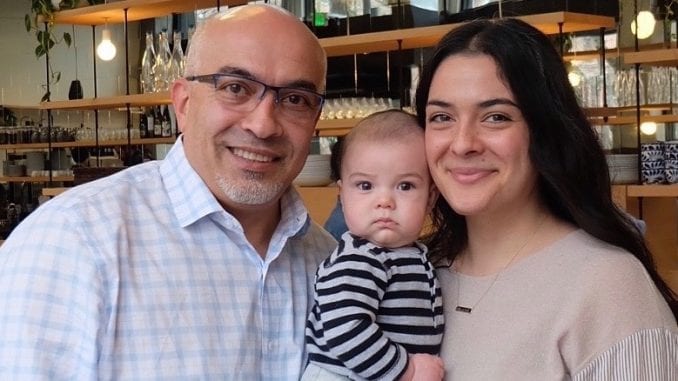
Laila Ghambari and the team at Cherry Street Coffee open up new concept cafe, offering an expanded food menu featuring Persian cuisine.
Since winning the 2014 United States Barista Championship, Laila Ghambari has been an extremely busy person in the specialty-coffee community, with accomplishments including co-founding the interdisciplinary project The Coffeewoman and currently Chairing the Barista Guild of America. Along the way she has also driven the growth of Cherry Street Coffee—the cafe chain owned by her family with 11 locations in Seattle—as the company’s Director of Coffee. This week Cherry Street expanded from its well-honed cafe model to open Cherry Street Public House, a new cafe concept in Seattle’s Pioneer Square neighborhood. Barista Magazine talked to Laila about the new endeavor and why Cherry Street decided to branch out.
Chris Ryan: So how did the new concept come about?
Laila Ghambari: Cherry Street is owned by my father and his business partner, Greg Smith. Greg also owns a real estate company called Urban Visions, and this new space we’re in is an Urban Visions building. And so our owner is also our landlord, which is kind of great. They told me about this location in Pioneer Square, but there’s a Cherry Street Coffee House two blocks to the right and another one two blocks to the left. So I knew that if we wanted to use this space, we had to open something different.
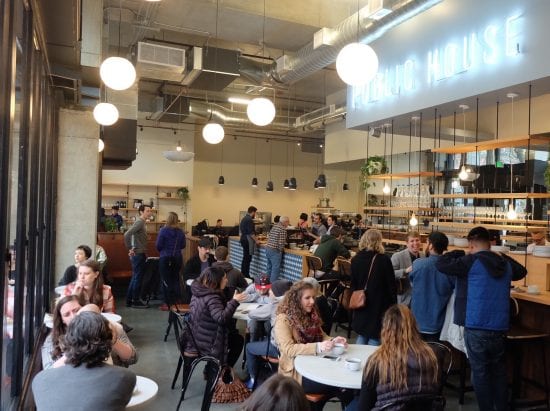
CR: So what did you decide to open, and how did you decide it?
LG: For the past 12 years I’ve been in coffee, I’ve had a chance to travel around the world and see all these really cool coffee shops and what they’re doing. Cherry Street has been doing coffee and food since the beginning, but it so happens that it’s become very popular to do great coffee and great food in one spot. So I wanted to take what we do at Cherry Street but just elevate it a little bit, making it more cafe than restaurant, with an actual back-of-house kitchen and baristas up front. I wanted to make the actual cafe space a little more fancy to go with the food being a little more fancy.
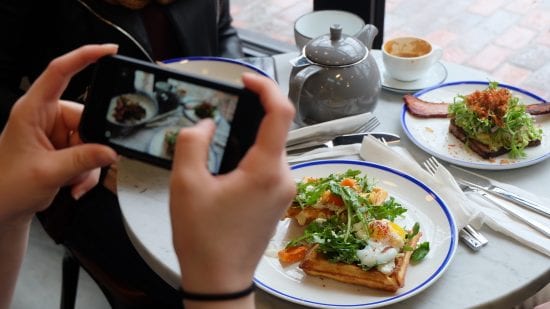
CR: What is the focus with the food?
LG: My father is from Iran, and he’s been wanting to open up a Persian restaurant for a long time. There’s really only one Persian restaurant in all of Seattle, yet there’s a huge Iranian population in this city. And so we’re doing Persian stews called Khoreshes, and since we opened those have definitely been the number-one seller. People are excited to have some good Persian food in town here.
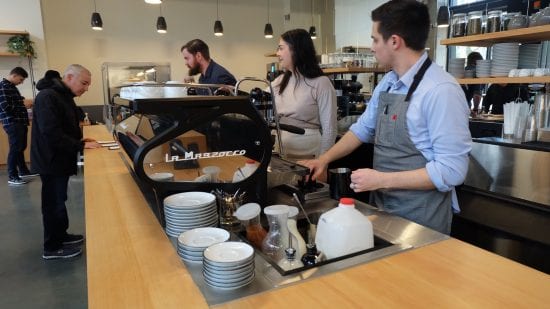
CR: After operating so many cafes, is it a tough transition to operate a different model?
LG: Definitely. The concept of food was not a new challenge for us, but how we’re doing the service has been a big one. In the coffee industry we talk about how we can offer better customer service and create a better experience for people. As we were planning this location I realized: We aren’t opening a coffee shop, we’re opening a restaurant. That has been the challenge that we are adapting to now— I know coffee very well but I don’t know restaurants very well. So I told all the staff when we started, our rally cry is going to be, “Adapt, adapt, adapt.” It’s just been a learning process and I think it will be for a while, but we’ll figure it out eventually I think.
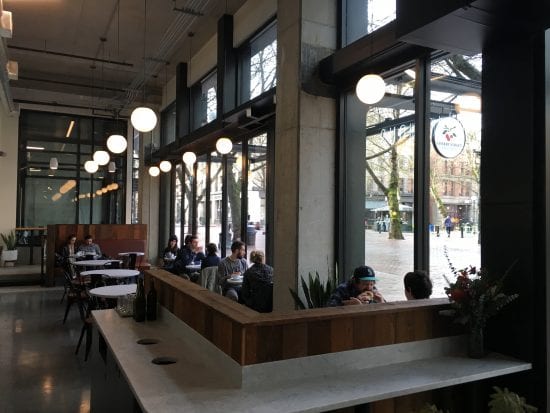
CR: Is the layout significantly different to denote that this is not a cafe?
LG: Very different. Obviously one of the big things in our industry is we get people who camp out on their laptops all day. And with our space we needed to make sure that people weren’t necessarily doing that in our prime dining area. So we created zones of the cafe. There’s a laptop bar area with plug-ins built into the counter, and then some two-top cafe bar seating. But then we have the dining hall area that gives you a different experience, with nice black chairs and round tables. There are no plug-ins; you really shouldn’t be on your laptop over there. But we didn’t go so far as to put signs anywhere. My goal with this space was for everything to just make sense—for the space to tell the story. And that has worked out well so far.
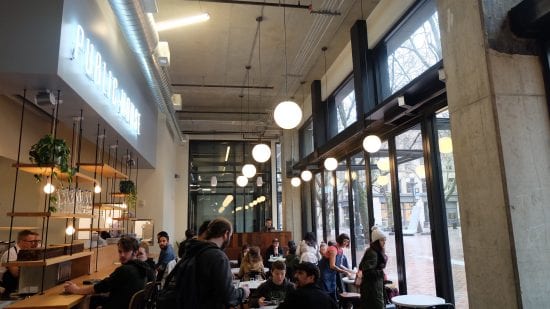
CR: Do you think you might do more of these in the future?
LG: We’ve always wanted to branch out our brand out a little bit. We run into really great locations that are either too big or too small for a Cherry Street Coffee House. We want to explore avenues where we can create different tiers of our brand so that we could put a tiny little coffee bar into a walk-up window, or when we find 2,000-plus square feet, we can put in a restaurant-focused cafe instead of a coffee cafe. So this is step one of hopefully creating some new tiers to our brand of Cherry Street.
CR: How do you feel now that this is open?
LG: Really happy, since this has been about two years in the making. Obviously Cherry Street Coffee House was started by my father, but this has been my project. I’ve taken the thought process I’ve had for the many years I’ve been in coffee and put it all into one place. I’m pretty proud of it.

